BOB DYLAN
BOB DYLAN The solid-body Fender Stratocaster Electric Guitar, 1964, serial number L31324, neck date 2 May 1964, original sunburst finish, owned by Bob Dylan and used by him on various occasions including his groundbreaking electric performance at the Newport Folk Festival, 25 July 1965 and during the recording sessions for his fifth studio album Bringing It All Back Home , recorded at CBS Studios, New York, 13-15 January 1966. Given that three of the previously offered lyrics that were found in the case relate to the October 1965 sessions in New York for Blonde on Blonde , it is conceivable that the guitar was used in that session as well. Alder wood body, maple neck, and Brazilian rosewood fingerboard. With the original black hardshell case, stenciled Property of Ashes & Sand Inc. on sides and the original black leather guitar strap. THE GUITAR ON WHICH DYLAN WENT ELECTRIC "I AIN'T GONA WORK ON MAGIE'S FARM NO MORE" With those words, Bob Dylan opened his set at the Newport Folk Festival on 25 July 1965. Other than a few occasions in school, it was his first ever performance with a band. And it was his first live performance with electric instruments. While many versions of the events of that day have circulated and have become myth, common to them all is that on the day Dylan "went electric," popular music was forever changed. Dylan and his band played three songs, opening with "Maggie's Farm" -- his own declaration of independence. The song seems to have been chosen symbolically to shatter the perception that had persisted of Dylan in the traditional folk scene. In fact, Dylan's fans had been prepared for his shift from solo folk performer to orchestrator of complexly structured, surreal songs. He had an electric side on Bringing It All Back Home and a hit single with the Beat-inspired "Subterranean Homesick Blues." Most importantly, just five days before the Newport appearance, "Like a Rolling Stone" was released as a single. "Like a Rolling Stone" demarcated Dylan's new path. And it was a path in stark contrast to the staid traditions that were ingrained in the core folk and blues movement that was Newport's lifeblood. Dylan's live performance at Newport put these musical shifts on display. In a live setting, this new direction in his music took on the power of volume and confrontation. Dylan's very appearance had changed, reflecting his new sound. He came to Newport in black glasses and in "leather, it signified motorcycle, a tinge of Hell's Angel," according to Murray Lerner (quoted in Heylin, p. 210). Though he only occupied the stage for 25 minutes that evening, Dylan redefined the way he looked, the way people would look at him, and the essence of popular music. " THE MOST WRITTEN-ABOUT PERFORMANCE IN THE HISTORY OF ROCK & ROLL" (CLINTON HEYLIN) This was Dylan's third year in a row at the famed Newport Folk Festival, and his celebrity was such in 1965 that he was routinely drawing crowds substantially larger than any of the other performers. Chaos ensued on Saturday when Dylan was part of a songwriters' workshop and large crowds formed to see him perform a solo acoustic set. Tensions rose around the performers, their managers, fans and the festival's organizers. Dylan's manager, the boisterous and confrontational Albert Grossman, was at the center of the festival committee's fury. In the words of Joe Boyd, one of the organizers of the festival, "The crowd around the songwriter's workshops was so immense it was swamping the other workshops. People were complaining ... This was very much against the spirit of what the festival was supposed to be about... Grossman became a focus of hostility for a lot of [the officials]" (quoted in Heylin, Behind the Shades ). That afternoon the underlying hostility erupted when respected musicologist, and traditionalist, Alan Lomax gave the Paul Butterfield Blues Band a very tepid introduction. As Lomax exited the stage, he was confronted by Grossman and the two started throwin
BOB DYLAN
BOB DYLAN The solid-body Fender Stratocaster Electric Guitar, 1964, serial number L31324, neck date 2 May 1964, original sunburst finish, owned by Bob Dylan and used by him on various occasions including his groundbreaking electric performance at the Newport Folk Festival, 25 July 1965 and during the recording sessions for his fifth studio album Bringing It All Back Home , recorded at CBS Studios, New York, 13-15 January 1966. Given that three of the previously offered lyrics that were found in the case relate to the October 1965 sessions in New York for Blonde on Blonde , it is conceivable that the guitar was used in that session as well. Alder wood body, maple neck, and Brazilian rosewood fingerboard. With the original black hardshell case, stenciled Property of Ashes & Sand Inc. on sides and the original black leather guitar strap. THE GUITAR ON WHICH DYLAN WENT ELECTRIC "I AIN'T GONA WORK ON MAGIE'S FARM NO MORE" With those words, Bob Dylan opened his set at the Newport Folk Festival on 25 July 1965. Other than a few occasions in school, it was his first ever performance with a band. And it was his first live performance with electric instruments. While many versions of the events of that day have circulated and have become myth, common to them all is that on the day Dylan "went electric," popular music was forever changed. Dylan and his band played three songs, opening with "Maggie's Farm" -- his own declaration of independence. The song seems to have been chosen symbolically to shatter the perception that had persisted of Dylan in the traditional folk scene. In fact, Dylan's fans had been prepared for his shift from solo folk performer to orchestrator of complexly structured, surreal songs. He had an electric side on Bringing It All Back Home and a hit single with the Beat-inspired "Subterranean Homesick Blues." Most importantly, just five days before the Newport appearance, "Like a Rolling Stone" was released as a single. "Like a Rolling Stone" demarcated Dylan's new path. And it was a path in stark contrast to the staid traditions that were ingrained in the core folk and blues movement that was Newport's lifeblood. Dylan's live performance at Newport put these musical shifts on display. In a live setting, this new direction in his music took on the power of volume and confrontation. Dylan's very appearance had changed, reflecting his new sound. He came to Newport in black glasses and in "leather, it signified motorcycle, a tinge of Hell's Angel," according to Murray Lerner (quoted in Heylin, p. 210). Though he only occupied the stage for 25 minutes that evening, Dylan redefined the way he looked, the way people would look at him, and the essence of popular music. " THE MOST WRITTEN-ABOUT PERFORMANCE IN THE HISTORY OF ROCK & ROLL" (CLINTON HEYLIN) This was Dylan's third year in a row at the famed Newport Folk Festival, and his celebrity was such in 1965 that he was routinely drawing crowds substantially larger than any of the other performers. Chaos ensued on Saturday when Dylan was part of a songwriters' workshop and large crowds formed to see him perform a solo acoustic set. Tensions rose around the performers, their managers, fans and the festival's organizers. Dylan's manager, the boisterous and confrontational Albert Grossman, was at the center of the festival committee's fury. In the words of Joe Boyd, one of the organizers of the festival, "The crowd around the songwriter's workshops was so immense it was swamping the other workshops. People were complaining ... This was very much against the spirit of what the festival was supposed to be about... Grossman became a focus of hostility for a lot of [the officials]" (quoted in Heylin, Behind the Shades ). That afternoon the underlying hostility erupted when respected musicologist, and traditionalist, Alan Lomax gave the Paul Butterfield Blues Band a very tepid introduction. As Lomax exited the stage, he was confronted by Grossman and the two started throwin
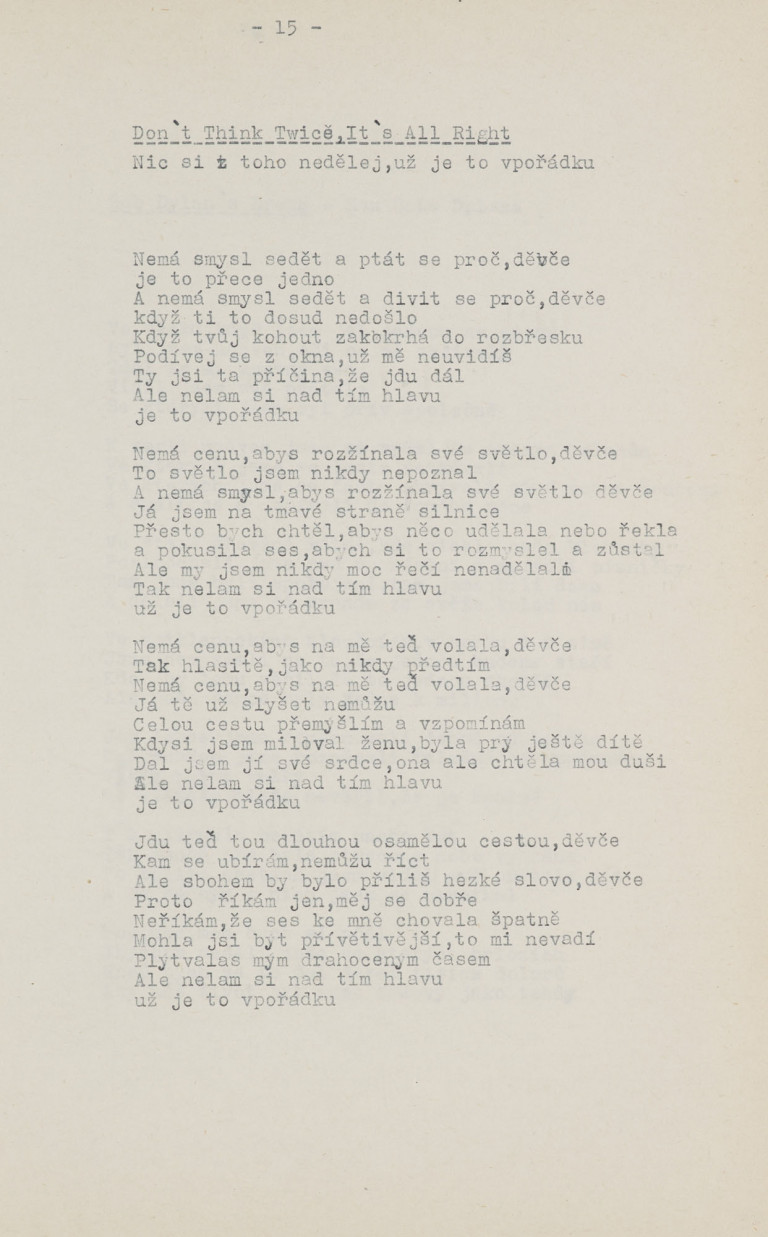
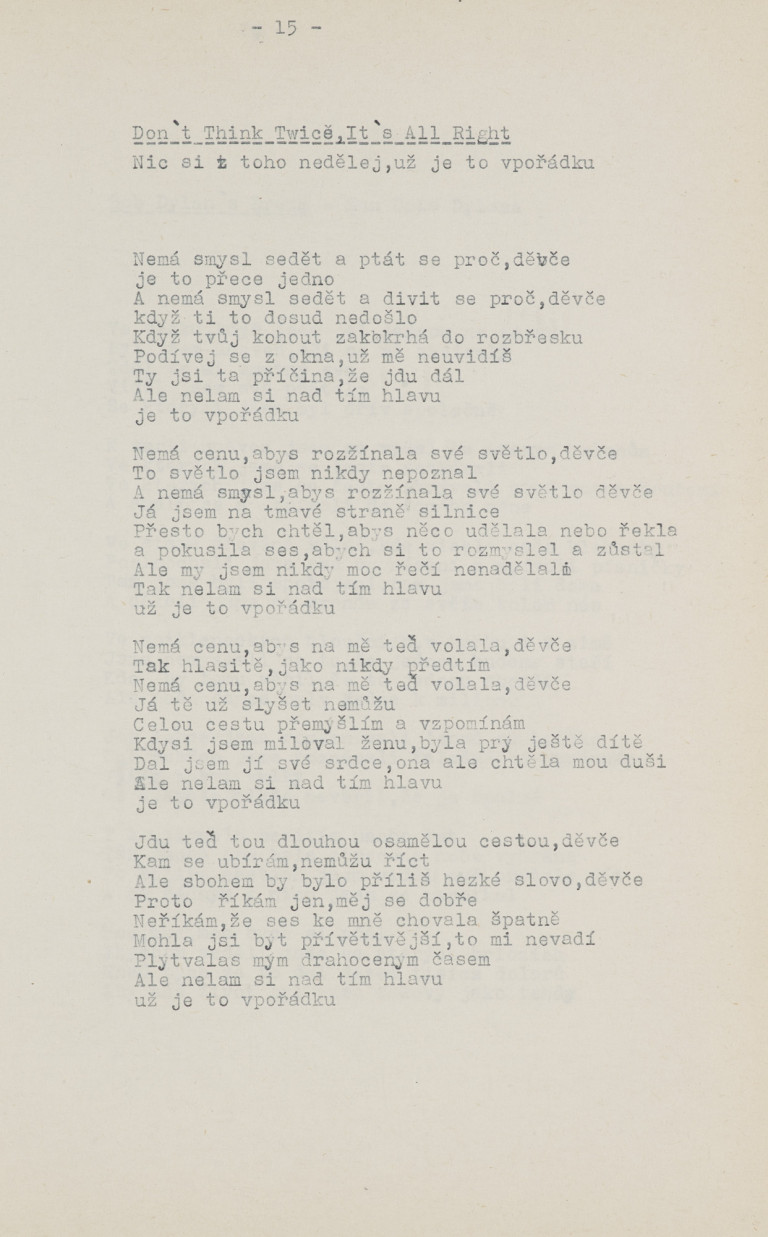




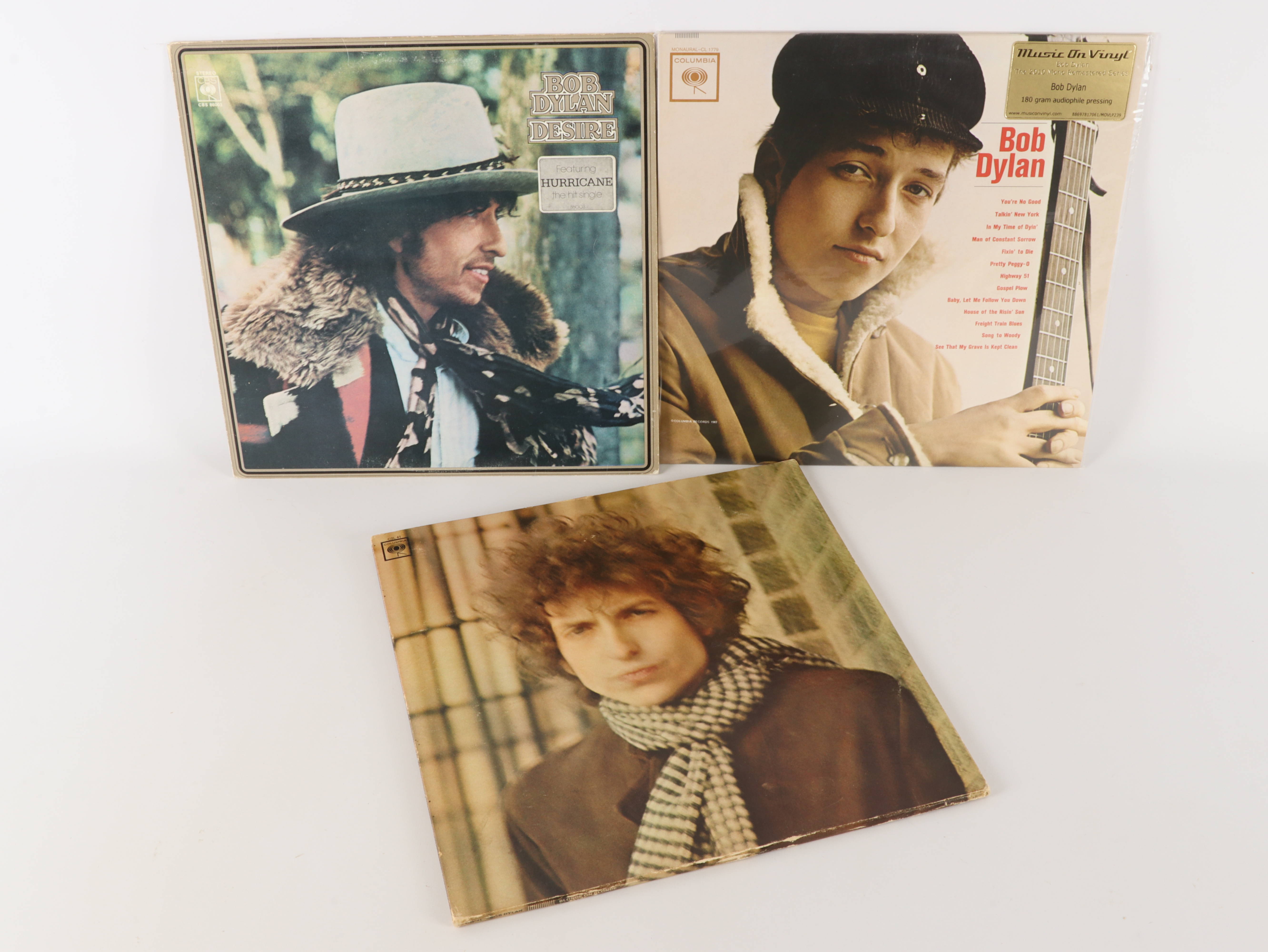
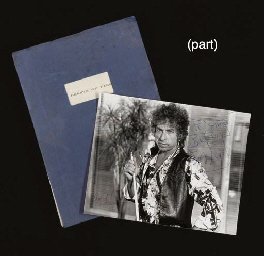
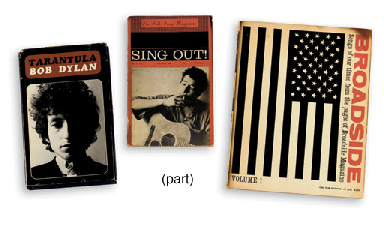
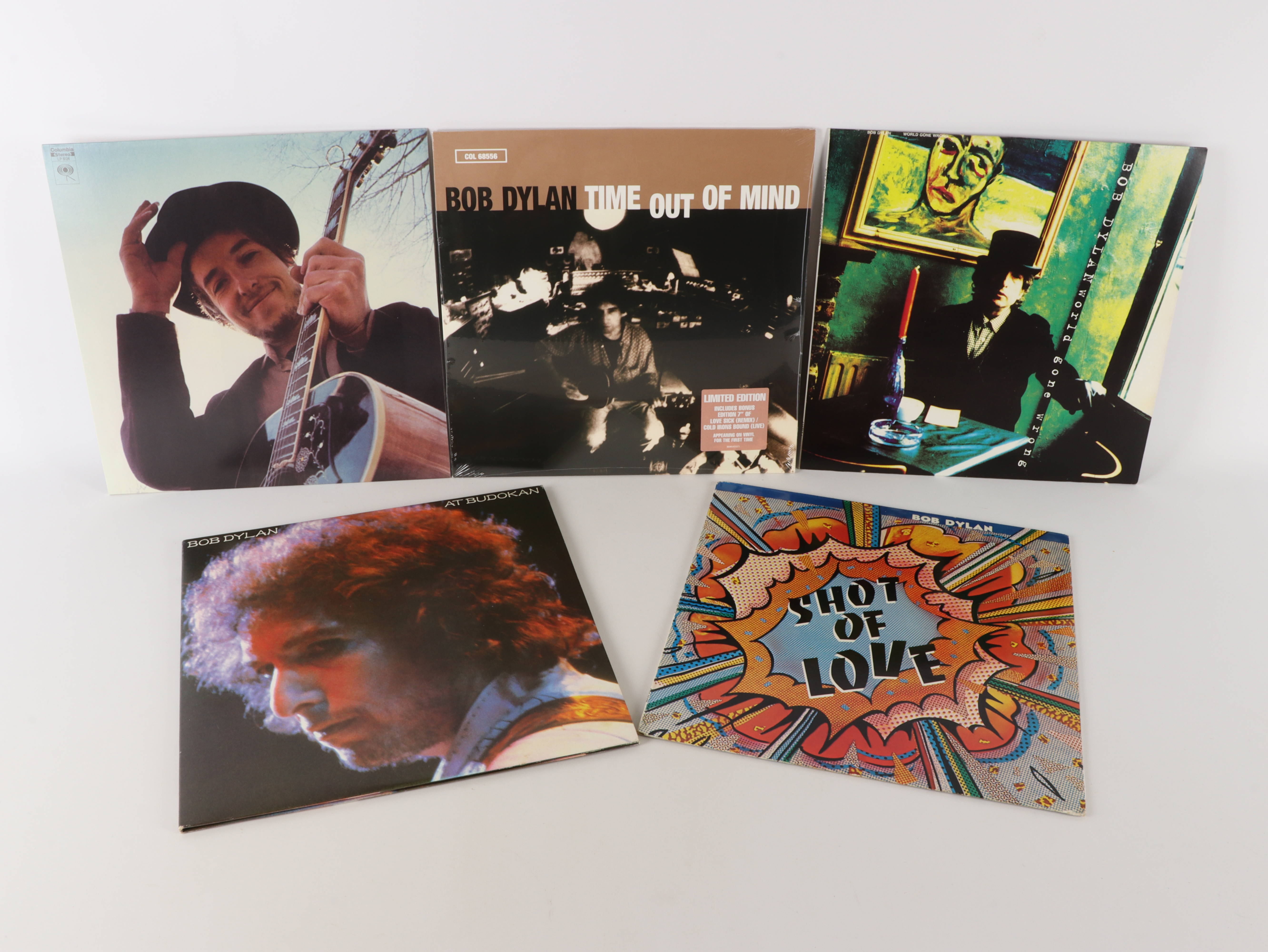
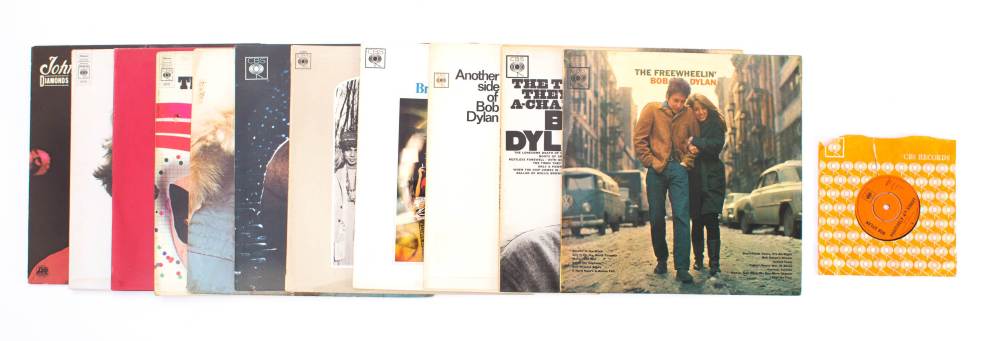
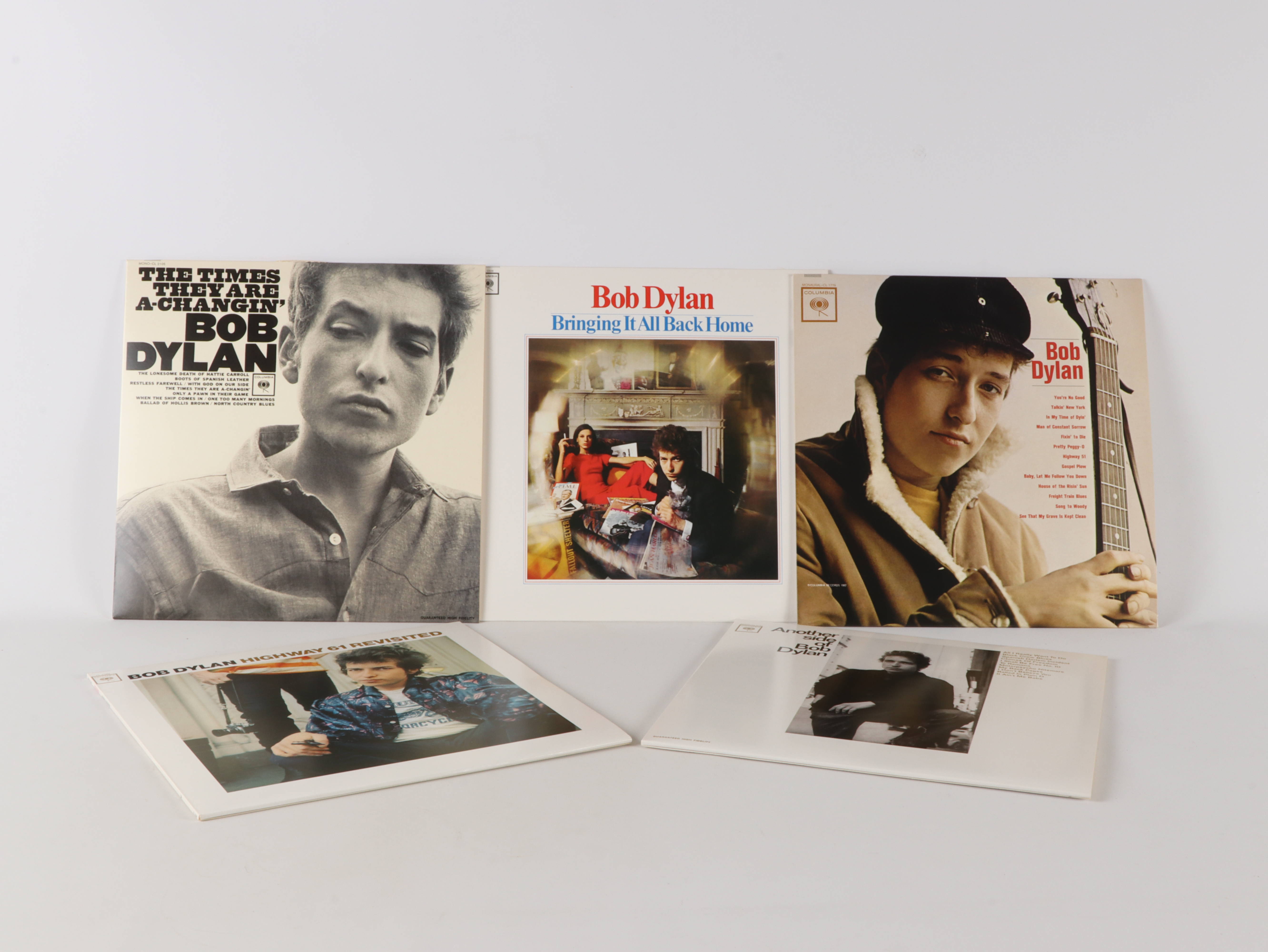

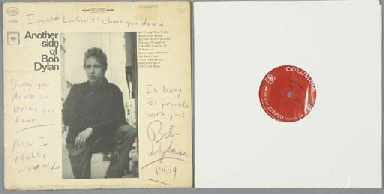
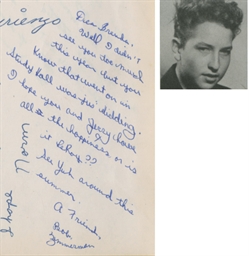
Try LotSearch and its premium features for 7 days - without any costs!
Be notified automatically about new items in upcoming auctions.
Create an alert